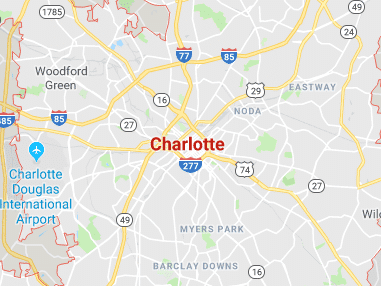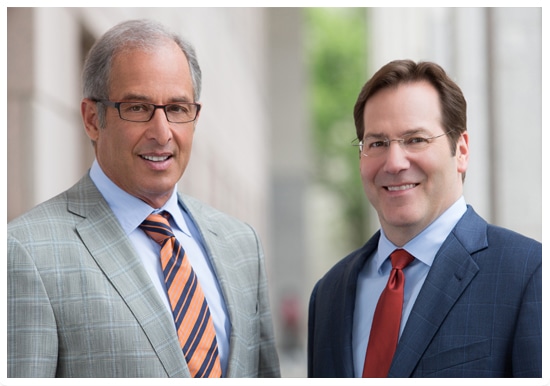Where Are Charlotte’s Most Dangerous Intersections?
 Have you ever gone through a dicey intersection in Charlotte and driven away convinced that it is the worst intersection in the city? Well, you may be right. Even though you can get into a car accident when you go through pretty much any intersection, statistics show that your odds greatly increase at certain locations within the city.
Have you ever gone through a dicey intersection in Charlotte and driven away convinced that it is the worst intersection in the city? Well, you may be right. Even though you can get into a car accident when you go through pretty much any intersection, statistics show that your odds greatly increase at certain locations within the city.
In 2017, The Charlotte Observer actually compiled and published a list of the most dangerous intersections in Charlotte. The newspaper based the list on crash rate data that the Charlotte Department of Transportation provided. The CDOT looked at the total number of crashes at certain intersections over a three-year period and divided it by the number of vehicles that traveled through those locations over the same period of time.
The 10 intersections at the top of the list were:
- Reagan Drive and Tom Hunter Road
- East 12th Street and North Davidson Street
- East 9th Street and North College Street
- The six-street intersection of Lawning, Miranda, Oakdale and Sunset roads
- North Irwin Avenue and West 5th Street
- East Sugar Creek Road, North Tryon Street and West Sugar Creek Road
- Brown-Grier, Sandy Porter and West Arrowood roads
- Mineral Springs and Neal roads
- South Church and West Hill Street, West John Belk
- Mineral Springs Road, North Graham Street and West Sugar Creek Road
WSOC compiled their own list of dangerous intersections in 2018, noting that there are 73 traffic crashes every day in Charlotte. Based on their findings, the four most dangerous intersections are:
- Reagan Drive at Tom Hunter Road
- John Kirk Drive at University City Boulevard
- North Tryon Street at University Pointe Boulevard
- East W.T. Harris Boulevard at North Tryon Street
As you can see, Reagan Drive at Tom Hunter Road took first place in both assessments.
Beyond noting that each of those intersections has a fairly high volume of traffic, The Observer did not identify any other reasons why crashes occur at a higher rate at those locations than in other areas. However, based on our law firm’s experience of representing car accident victims and their families in Charlotte, we can readily point to several design factors. They include:
- Multiple lanes of traffic
- Awkward layout
- Poor visibility of crossing traffic and/or traffic controls
- Lack of stop signs and signals
- Absence of left turn lanes
Adding traffic controls, street lights, turn lanes and speed bumps, or converting an intersection into a roundabout, can address design flaws and make certain areas safer. Those measures may cut down on common types of intersection crashes such as side-impact (or T-bone) collisions, head-on collisions and collisions with crossing bicyclists and pedestrians.
Still, as our attorneys have seen, some people will use poor judgement and make careless and reckless moves at intersections regardless of how well designed it is. In fact, the National Highway Traffic Safety Administration (NHTSA) reports that “human choices” contribute to 94 percent of serious crashes in our country. Examples of those choices are:
- Speeding (going faster than the posted speed limit or too fast for road, weather, light and traffic conditions)
- Driving while distracted (specifically texting or talking on a phone)
- Driving while impaired by drugs or alcohol (which often leads to dangerous decisions like trying to “beat a red light”)
- Driving while overly fatigued (which can be as dangerous as drunk driving)
- Proceeding when another driver, bicyclist or pedestrian has the right of way
At Warren & Kallianos, PLLC, our extensive experience with representing intersection accident victims and their families in Charlotte helps us to identify the factors that cause crashes. That knowledge ultimately helps us to pursue the maximum amount for our clients. If you were recently involved in a collision at a Charlotte intersection, contact us or call 704-377-7777 for a free review of your case and learn more about how we can help you.

At Warren & Kallianos, we believe in the importance of working directly with our attorneys, Jeff Warren and Chris Kallianos. When you work with our firm, Jeff and Chris are always accessible to you throughout the progress of your case.
Read more about Warren & Kallianos, PLLC
